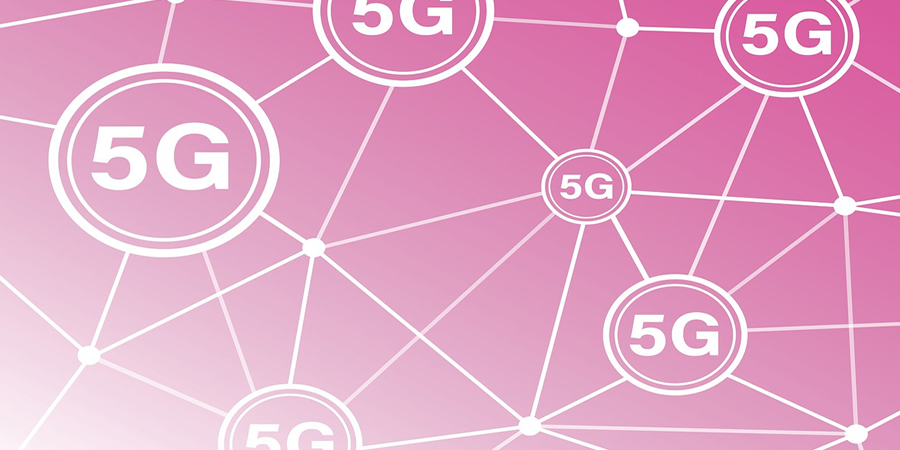According to a global study published by the GSMA, the mobile industry will need an average of 2 GHz of mid-band spectrum between 2025 to 2030 to meet the United Nations (UN) International Telecommunications Union (ITU) IMT-2020 requirements of reliable 100 Mbps end-user download speeds and 50 Mbps upload speeds.
Achieving this will also minimize environmental impact and lower consumer costs of 5G. The study shows that policymakers should license spectrum to mobile operators in harmonized bands, such as 3.5 GHz, 4.8 GHz and, 6 GHz to meet the ITU’s requirements by 2030. Without the additional spectrum, it will be impossible to realize the full potential of 5G in some cases.
IMT-2020 requirements will be also at risk with less spectrum, requiring the need to build more base stations. With an increased number of antennas and base stations, higher carbon emissions and consumer prices can be expected. Thus, the additional spectrum will lower the carbon footprint of networks by two to three times while enhancing the sustainable development of mobile connectivity.
Total costs would be three to five times higher over a decade in cities where a deficit of 800-1000 MHz would increase the number of base stations needed. Deployment costs in each city can surge from $782 million to $5.8 billion. Hence, the mid-band spectrum availability will make 5G more affordable.
Moreover, this will enhance fixed wireless access (FWA). The study shows that with the additional 2 GHz, five times more households will be covered with each base station, allowing affordable high-speed internet to reach beyond the fiber footprint at a fraction of the cost.
In line with this, the World Radiocommunication Conference in 2023 (WRC-23) is a crucial opportunity to align global policies for mid-band solutions for mobile. Therefore, the GSMA calls regulators to do the following:
- Plan to make an average of 2 GHz of mid-band spectrum available in the 2025-2030 time frame to guarantee the IMT-2020 requirements for 5G;
- Carefully consider 5G spectrum demands when 5G usage increases and advanced use cases will carry additional needs;
- Base spectrum decisions on real-world factors including, population density, and extent of fiber rollout; and,
- Support harmonized mid-band 5G spectrum (e.g., within the 3.5 GHz, 4.8 GHz, and 6 GHz ranges) and facilitate technology upgrades in existing bands.










